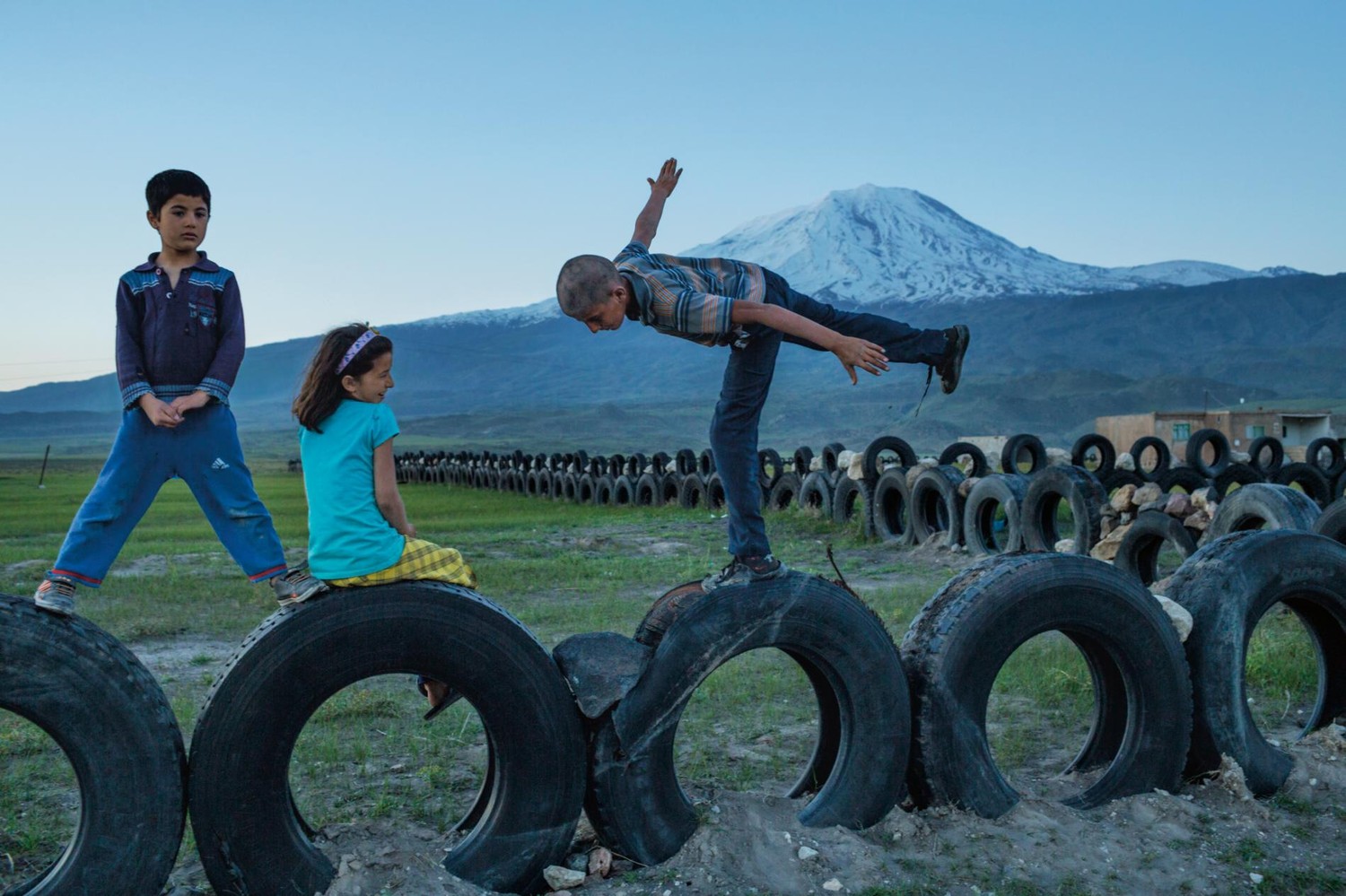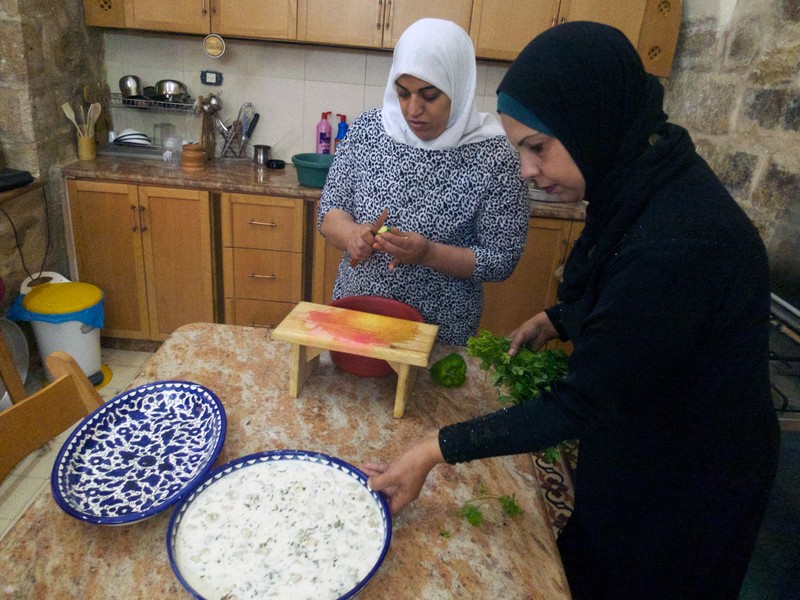Paul Salopek’s 21,000 mile journey across the world is something unheard of in today’s society. The fact that he took so much time to document all of his experiences for us is even more amazing. We are so quick to get caught up in our own world that we often forget that we do not live in a bubble. It was incredibly humbling to read about his journey and to bring myself back down to earth while learning about other parts of the world that I would not have otherwise known anything about.
The first destination that I was captured by was in Chapter 3: Autumn Wars. “Walking Through a Landscape of Pain in the Caucasus” was eye opening to read. To know that the suffering that was endured by the Armenians is essentially being erased from their history is bone chilling. I’ve read about the Armenian Genocide before, but it’s sometimes difficult not to separate history lessons from real life when we are so far removed from tragedies like this. It is fitting that this particular story is an excerpt from a story originally named “Ghostlands”, as Salopek accurately describes Ani as just that – “a monument to forgetting”. This is definitely a story that I feel history teachers should take an interest in sharing with their students. If we do not make it our obligation to continue teaching about this tragedy, it will eventually be erased from history, which is a very scary thought, for as the saying goes, “Those who do not learn from history are doomed to repeat it”. And while that may just be an aphorism, it does not negate that all history is important history.

PHOTOGRAPH BY JOHN STANMEYER
Another one of Salopek’s destinations that peaked my curiosity was from Chapter 2: Holy Lands. I really enjoyed reading “Aftertaste”; whether or not that was because I love to food remains to be seen. I think it is so great that the women in this chapter care enough about the preservation of their culture to set aside time in their lives to dedicate to cooking authentic Nablusi food. They also state that “Our history is mixed into our food. It is the food of a crossroads.” They know that their food alone is capable of telling a story, their history. Food and cooking is such a big part of culture and it is something that not many Americans take pride in. We are so quick to run to the line of a fast food restaurant, that we often take for granted those of us lucky enough to have parents or grandparents who are capable of making authentic food native to our different cultures and backgrounds. I think that preserving tradition is very important in an ever changing world. While the world continues to evolve, it’s nice that some people keep a little bit of the past alive through cooking.

PHOTOGRAPH BY PAUL SALOPEK
I was intrigued to see that Salopek’s story is not yet complete. In fact, his latest story is from less than a month ago from Myanmar, in Southeast Asia. More specifically, he visited the Irrawaddy River, a sacred river of the Pyu culture. His description of his trek to the river makes it feel like you’re right alongside him in his journey. I think what is most important to take away from Salopek’s journey, is that history is invaluable. We are so fortunate to be able to learn about the hardships and sacrifices of our ancestors rather than having to experience them ourselves. And while we won’t be able to experience the same grueling yet rewarding journey as Mr. Salopek, I hope that we can all experience a even small part of it during our lifetime to open our eyes to what life is like in other parts of the world outside of our western bubble.